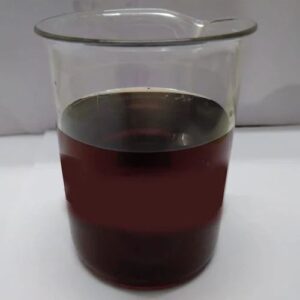Textile Enzyme Chemical Product Description
Textile enzymes are specialized biocatalysts used in the textile industry to enhance the processing of fabrics and fibers. These enzymes play a crucial role in various stages of textile production, including desizing, scouring, bleaching, dyeing, and finishing. By utilizing textile enzymes, manufacturers can achieve improved fabric quality, reduced processing times, and lower environmental impact compared to traditional chemical methods.
Uses of Textile Enzymes
- Desizing: Enzymes such as amylases are used to remove starch-based sizing agents from woven fabrics, facilitating better dye uptake and finishing.
- Scouring: Cellulases and pectinases help in the removal of natural impurities from cotton and other fibers, enhancing their absorbency and brightness.
- Bleaching: Laccases and peroxidases are employed to achieve a whiter fabric without the harsh effects of traditional bleaching agents.
- Dyeing: Enzymes can assist in the fixation of dyes, improving color fastness and reducing the need for additional chemicals.
- Finishing: Enzymes like cellulases are used to create a softer feel and enhance the appearance of fabrics, providing a more desirable end product.
Technical Data
| Property | Description |
|---|---|
| Enzyme Type | Cellulase, Amylase, Laccase, Pectinase |
| Form | Liquid or Powder |
| pH Range | 4.0 – 9.0 |
| Temperature Range | 30°C – 70°C |
| Activity Level | Varies by enzyme type; typically measured in units per gram (U/g) |
| Storage Conditions | Store in a cool, dry place; avoid direct sunlight |
| Shelf Life | 12-24 months depending on storage conditions |
| Application Method | Can be applied through padding, spraying, or immersion |
| Environmental Impact | Biodegradable and less harmful than traditional chemicals |
Key Benefits
- Eco-Friendly: Reduces the need for harsh chemicals, making processes more sustainable.
- Cost-Effective: Minimizes water and energy consumption during processing.
- Quality Improvement: Enhances the overall quality of textiles, leading to better consumer satisfaction.
- Versatility: Can be used across various types of fibers and fabrics, including cotton, wool, and synthetic materials.
By integrating textile enzymes into production processes, manufacturers can not only improve the quality of their products but also contribute to a more sustainable textile industry.

